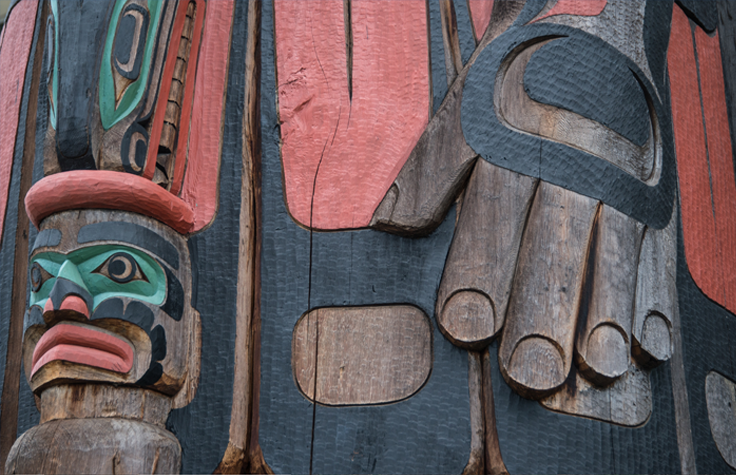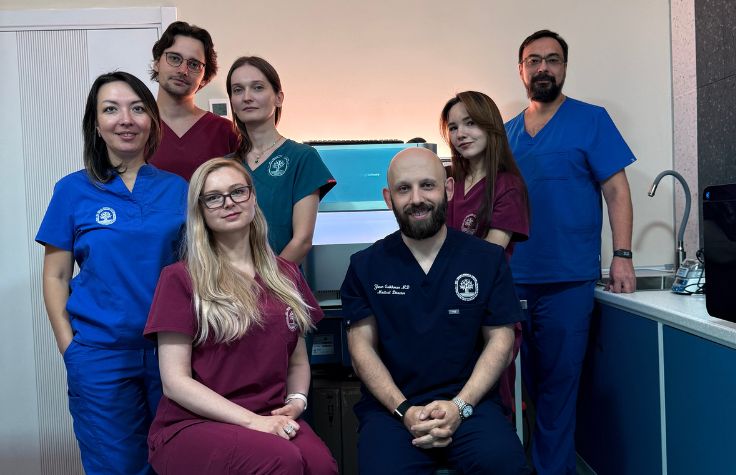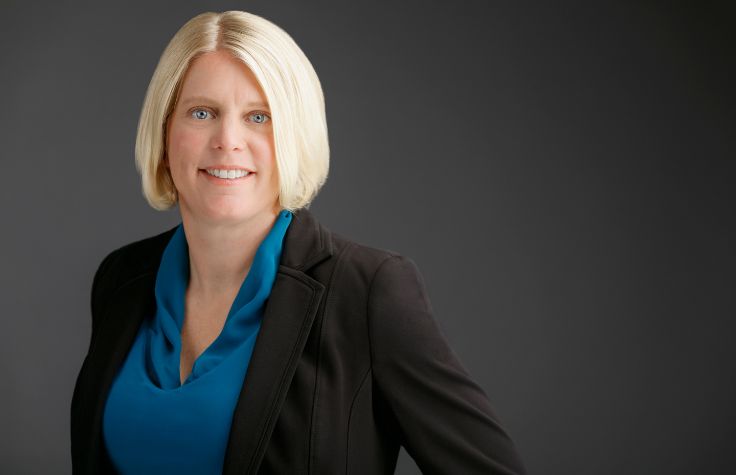
17 July 2023
The United Nations Declaration on the Rights of Indigenous Peoples asserts “the right to access, without any discrimination, to all social and health services.” When the 159-member General Assembly adopted the declaration in 2007, only four members voted against it: Australia, Canada, New Zealand, and the United States.
In the years since, all four countries have reversed their positions and now endorse it. Canada’s government even passed an act requiring its laws to be consistent with the declaration, emphasizing that Indigenous peoples’ free, prior, and informed consent be given for any decisions that affect them.
The dream of precision medicine is to tailor diagnoses and treatments to each patient based on their individual DNA and living environment. If a patient with a suspected genetic disorder belongs to an ethnic population that’s well represented in reference databases, their doctor can rule out the vast majority of their personal genetic variations that are common among that population and unlikely to be causing disease. But most of the genomic data currently available comes from people of European ancestry.
The lack of reference data for Canada’s Indigenous groups leaves clinicians with hundreds of thousands of variants of unknown significance, creating health care inequity as Indigenous patients face more difficult and uncertain paths to diagnosis.
Correcting this inequity is possible only through sustained, concerted partnerships between researchers, clinicians, and Indigenous communities across Canada, and the Silent Genomes Project, based out of the University of British Columbia (UBC), is forging those partnerships.
Indigenous governance over Indigenous data
The Silent Genomes Project launched in 2018, with Dr. Laura Arbour, Dr. Nadine Caron, and Dr. Wyeth Wasserman as co-leads.
Arbour, a professor in UBC’s Department of Medical Genetics, has been working directly with Indigenous communities for over 20 years to address the genetic component of health. She remembers that when she came to her first pediatric residency rotation in Nunavut, “there were assumptions that social determinants were causing all health problems, and that’s not so.”
Caron is a surgical oncologist and professor in the UBC Faculty of Medicine’s Department of Surgery, whose passion is for Indigenous health and Canadian health policy; she also holds the distinction of being the first female First Nations general surgeon in Canada.
Wasserman is a fellow medical genetics professor at UBC, a senior scientist in the Centre for Molecular Medicine and Therapeutics at the British Columbia Children’s Hospital Research Institute, and a computational biologist—in his words, a “data geek”—who became involved in this work once his lab began applying next-generation genomic sequencing to identify the causes of metabolic disorders.
The Silent Genomes Project is organized around four activities—the first and most critical of which is ensuring Indigenous governance of, and community engagement in, the project itself.
Geographic conditions play some role in limiting Indigenous peoples’ participation in medical research—although 90% of Canada’s population lives within 160 kilometers of the US border, about 60% of its Indigenous population lives in rural or remote areas—but the most pernicious barrier is US and Canadian historical context, which is filled with shameful examples of authorities neglecting minority populations and knowingly inflicting harm.
The project’s non-Indigenous team members are constantly aware of how these failures work against their long-term efforts to build trust. “There’s an awful lot of people who step in and then step out,” Wasserman says. “Dr. Arbour brought me to a meeting of the Canadian Alliance for Healthy Hearts and Minds early on, and I remember someone next to me said, ‘We welcome you here, but we’ll see if you’re still here in five years.’”
Arbour emphasizes that “our project could only be carried out with Indigenous involvement right from the start.” That involvement included Caron’s leadership role in the project; the International Indigenous Genomic Advisory Committee, composed of Indigenous scholars and scientists (from, incidentally, all four countries that originally voted against the UN declaration); communities with an interest in research, and a steering committee, whose members come from Indigenous communities across Canada.

The Precision Diagnosis Study and Indigenous Background Variant Library
The project’s second activity was a precision diagnosis study, which offered whole-genome sequencing (WGS) to 100 Indigenous families with a suspected but undiagnosed genetic condition. The families enrolled through referrals to one of 11 Medical Genetics centers across six provinces.
About a quarter of those patients have already received clear diagnoses from their WGS data, a few of whom have gone on to participate in larger projects to understand the cellular basis for their conditions. About 50% of variant information provided back to clinicians for their patients was uncertain. Arbour says that scientists would have a better chance to understand the variants if they had a more relevant Indigenous background variant library (IBVL) to reference them against—but no such library yet exists.
Creating that IBVL is the project’s third activity, which is still in progress. An initial set of 600 samples has been approved for sequencing. After communities approve participation, each DNA sample is given to the Silent Genomes project in a deidentified tube—no record of the individual or community name is provided, only a unique number. The data from the study will be available only in the aggregate (showing that a particular variant appears in X percent of the library) and only for clinical diagnosis, not as an open-source research repository.
“Many Indigenous people are concerned about open data because of concerns that genomic information could be used against them, or that their data will benefit others, leaving Indigenous people with continued health disparity,” Arbour explains. “And that’s not going to change just because open data is a mainstream standard of practice. All that does is prevent people from participating. Unless we start to really change the way we do things, there’s going to be continued inequity.”
Justice matters
The project’s fourth activity will be to look at the big picture, assessing the economic impact of precision diagnosis for Indigenous children. Although the impact of the IBVL data can not yet be assessed, the team members’ anecdotal experiences paint a promising picture.
“In ending the diagnostic odyssey, you also have a chance to build community,” Wasserman says. Once families have that diagnosis, they often connect with other families around the world who share it. Older children can lend their insights on what to expect from treatment. “It makes the world a little smaller.”
Matching funding for the project’s second and third activities was provided in part by Illumina. “Illumina is the engine by which clinical diagnosis of rare disease is carried out around the world,” Wasserman says. “Particularly in Canada, almost all the clinical samples are being applied to Illumina platforms, and the data’s coming off Illumina systems. The Illumina team’s enthusiasm to find a way to make this work from the very beginning was clear and outstanding.”
Arbour acknowledges the ambitious scope of the project and that much work remains to be done, but they’ve already made substantial progress thanks to the years they’ve invested in building community partnerships. “The Silent Genomes Project has exposed what we need to do better,” she says. “It was a good start, and if we can spend a bit of time using our individual expertise to open doors, that’s going to make a massive difference. We need to consider who’s being left out and why. Justice matters, and when people are being left out and we have the ability to open doors, we have an obligation to do so.”


